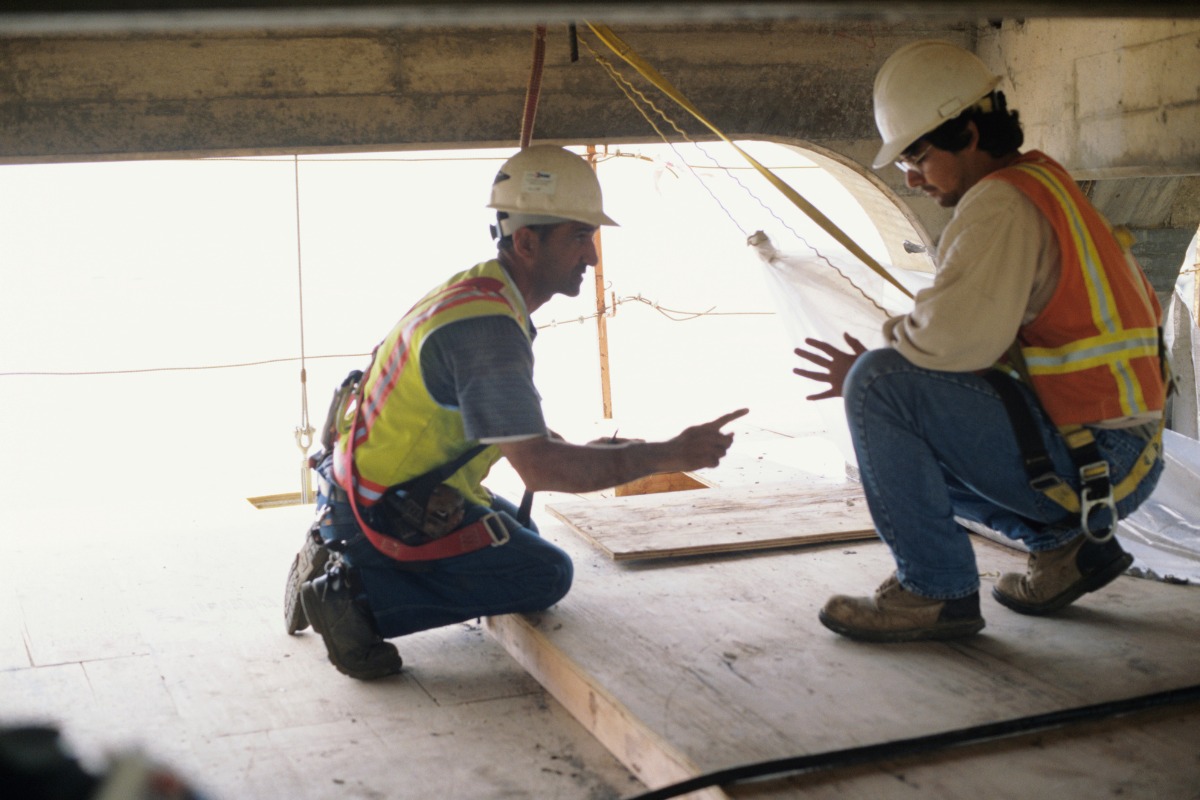At the heart of earthquake safety in regions like Los Angeles, California, lies the crucial process of earthquake retrofitting. In particular, unreinforced masonry buildings (URMs) warrant immediate attention due to their susceptibility to seismic events. As experts in the field, we are deeply committed to the preservation and structural reinforcement of these historic edifices. By performing seismic retrofits, we aim to extend the longevity of URMs, ensuring they remain resilient amidst the geological threats of the area. Our in-depth understanding of URMs and retrofitting techniques positions us to offer tailored solutions that increase the safety and durability of these structures amidst California’s temblors.
Key Takeaways
- Understanding the unique risks associated with unreinforced masonry buildings is essential for earthquake preparedness.
- Expert-led seismic retrofitting can significantly improve the structural integrity of URM buildings in Los Angeles and beyond.
- Preserving California’s heritage involves reinforcing URMs to meet modern earthquake safety codes.
- Proactive retrofitting initiatives are key to mitigating potential damages from future seismic activities.
- Collaborating with specialized retrofitting professionals ensures adherence to rigorous standards and optimal outcomes.
The Urgency of Earthquake Retrofitting in Unreinforced Masonry Constructions
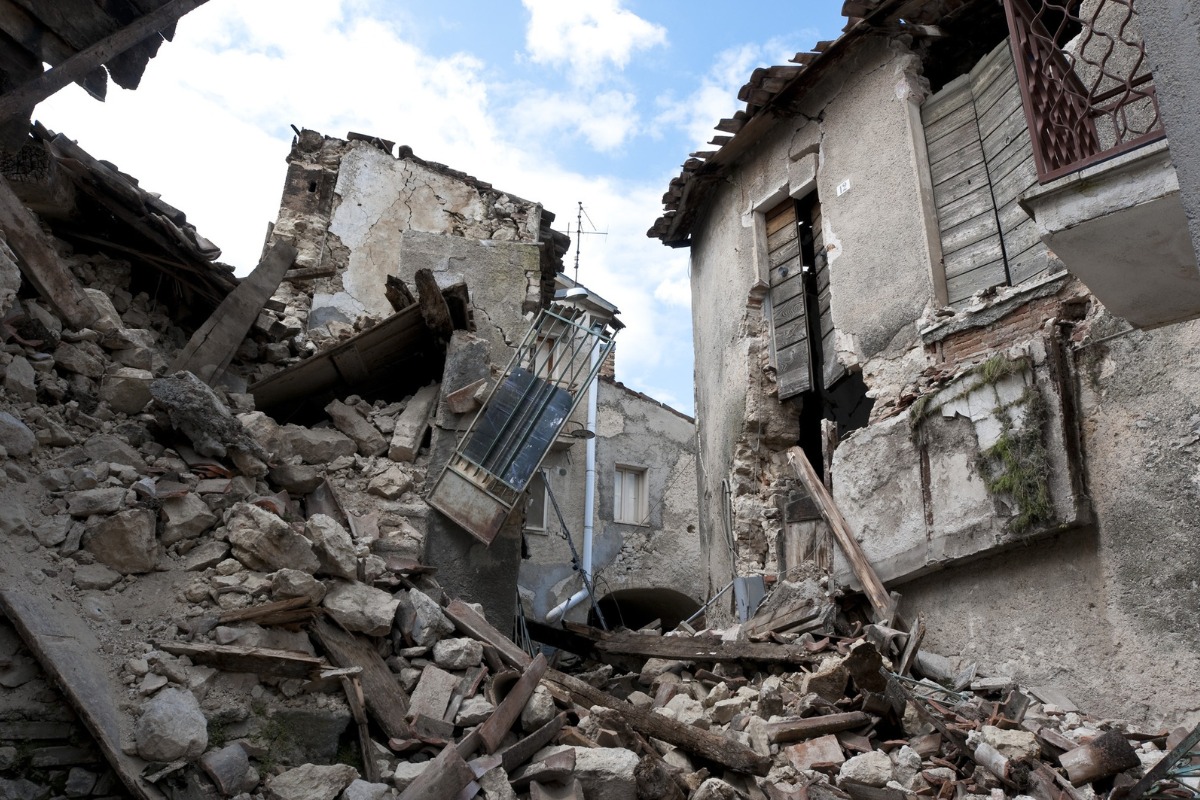
We often regard our architectural heritage with a sense of pride, but when it comes to unreinforced masonry constructions, this pride is mingled with a high-stakes concern for safety. These structures, a common sight in historic districts, lack the modern reinforcements essential for earthquake risk reduction. Their charm belies a critical vulnerability: the proclivity for heavy masonry materials to succumb to seismic forces, making earthquake preparedness not just advisable but indispensable.
Earthquake mitigation is not merely a recommendation but an urgent imperative for these stoic edifices of our past. With unreinforced masonry constructions, the danger lies in their brittle nature and the increased likelihood of a devastating collapse. To address these seismic risks, particularly in regions like California, renowned for their seismic activity, we champion the cause of seismic risk reduction through proactive retrofitting measures.
- Assessment of Risks: systematic evaluation of structures to identify vulnerabilities, such as failing walls, damaged chimneys, and fragile parapets.
- Community Safety: Ensuring the well-being of not only the building’s occupants but also the pedestrians and neighboring properties that could be affected by masonry debris.
- Preservation of Heritage: retrofitting strategies that respect and maintain the historical integrity of these constructions while fortifying them against seismic events.
“Addressing the seismic frailty of unreinforced masonry buildings is a pressing issue that combines public safety with the conservation of our architectural legacy. It’s a delicate balance between protecting lives and preserving history, but it’s a challenge we must meet with resolve and urgency.”
Our efforts are not just about reinforcing structures but also about creating an environment where safety and history coexist harmoniously. Earthquake preparedness is a crucial aspect, guiding us towards a future where our past is not lost to the unpredictable wrath of natural calamities.
Understanding the Vulnerability of Unreinforced Masonry Buildings
In our exploration of unreinforced masonry walls, we delve into how historical URM structures are a testament to our architectural heritage yet possess innate seismic vulnerability. As stewards of these legacy constructions, we recognize the imperative for seismic upgrades that marry the past’s craftsmanship with today’s earthquake safety knowledge.
Historical Background of URM Structures
Our nation’s URM buildings commonly showcase elaborate aesthetic features, which, while visually striking, seldom account for the seismic forces that characterize many American landscapes. These structures stand as landmarks of an era that prioritized grandeur over earthquake-resistant strategies, leaving a legacy of beauty interwoven with fragile susceptibility.
Common Issues with Unreinforced Masonry
The intrinsic seismic vulnerability of such edifices stems from a lack of ductility and a limited load-bearing capacity, both of which are integral qualities in earthquake-resistant structures. Further compounding their fragility is the inadequate URM fire resistance and the inevitability of weathering. As these materials age, they succumb to the elements; mortar loosens and joints wane, leaving the masonry grimly defenseless against the tremors of the earth.
Examples of URM Damage in Past Earthquakes
One need only look to past seismic events to witness the palpable repercussions of such vulnerabilities. Instances of earthquake damage in URM buildings have forcefully illustrated the need for retrofitting unreinforced masonry. Stories of walls that should withstand the tests of time crumbling under the convulsions of nature signal an urgent call for seismic evaluations and sincere considerations of seismic upgrades.
| Earthquake Incident | URM Buildings Affected | Type of Damage Sustained | Seismic Upgrades Needed |
|---|---|---|---|
| 1989 Loma Prieta | Extensive URM damage | Wall cracks and fallen bricks | Retrofitting with shear walls and anchor bolts |
| 2001 Nisqually | Multiple structures were evacuated. | Brick shedding and structural failure | Reinforcement of masonry, installation of diaphragms |
We hereby underscore the inherent seismic vulnerability of these historical URM structures. Our mission is twofold: to cherish and safeguard the rich tapestry of our built heritage while confronting the onerous but necessary challenge of making these beloved structures earthquake safety beacons. Through the meticulous process of retrofitting unreinforced masonry, we fortify our past and ensure a safer, more resilient future.
Earthquake Retrofitting: Bolstering the Integrity of the Past
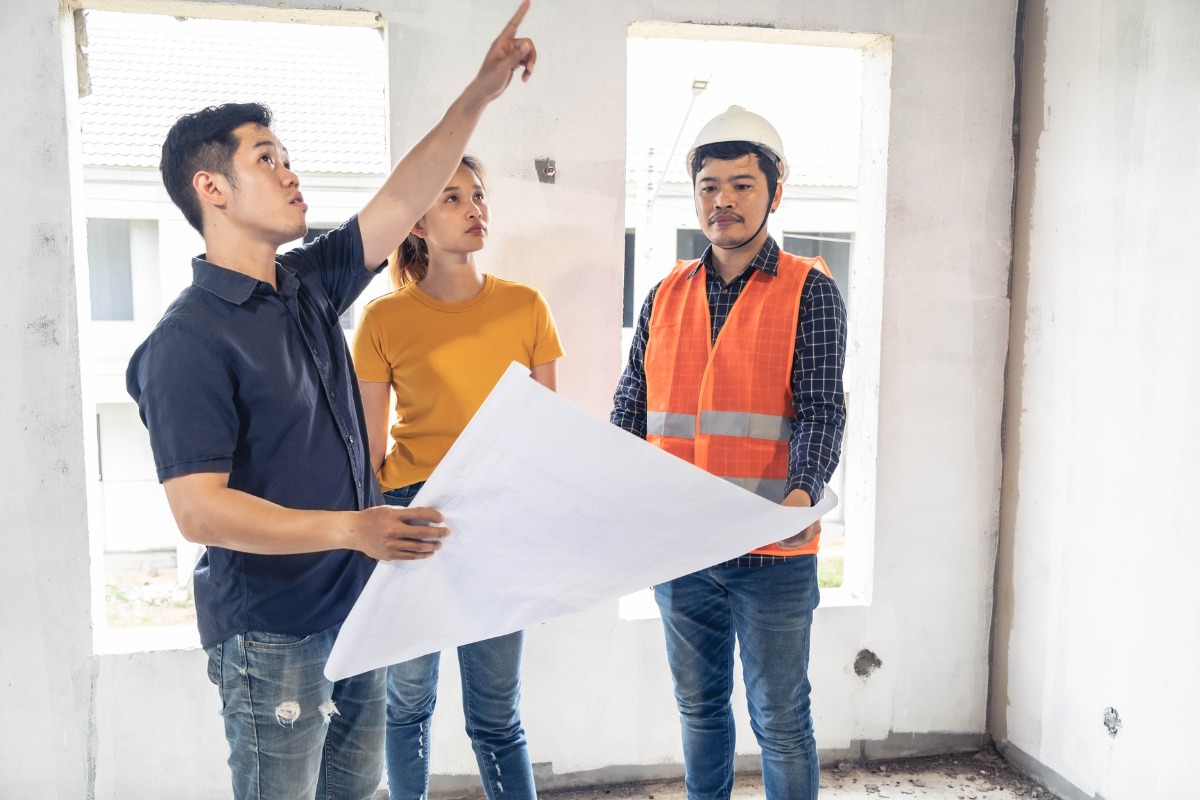
As advocates for preserving historical architecture, we integrate seismic retrofitting measures to fortify vulnerable unreinforced masonry structures. Compassionately known as the guardians of heritage buildings, our goal is to blend meticulous earthquake-strengthening techniques with the aesthetic charm of time-honored constructions. Through unreinforced masonry retrofitting, we seek to diminish the seismic risks that threaten these cultural touchstones, ensuring they remain resilient for future generations to appreciate.
To illustrate the diverse approaches favored in our seismic risk reduction endeavors, we have compiled a table that outlines some of the most effective retrofitting strategies. This elaboration is pivotal as it demystifies the technical procedures, enlightening you—the stewards of these historical edifices—on how each method contributes to the overall fortitude of your cherished establishment.
| Seismic Retrofitting Technique | Description | Benefits |
|---|---|---|
| Bond beam installation | Introducing horizontal reinforcement at the top of walls. | Enhances the connection between walls and roof, resisting horizontal seismic forces. |
| Shear Wall Addition | Incorporating walls provides additional lateral resistance. | Increase in a building’s overall stiffness and integrity during an earthquake. |
| Diaphragm Reinforcement | Strengthening the roof and floor systems. | Enables the distribution of seismic forces more effectively across the structure. |
| Anchor Bolts Implementation | Attaching walls firmly to the foundation. | Prevents the masonry walls from detaching and collapsing during ground shaking. |
| Jacketing of Elements | Adding a layer of reinforcement around existing structural elements. | Increases the load-bearing capacity and ductility of columns and beams. |
| Infill wall placement | Constructing walls within existing frames. | Further reduces deformation and enhances stability under seismic activity. |
In conclusion, our devotion to nurturing the past through seismic retrofitting is more than a mere professional pursuit; it is a commitment to public safety and historical conservation. Our expertise in unreinforced masonry retrofitting is at the service of communities eager to navigate seismic landscapes while celebrating the architectural legacies entrusted to our care.
Seismic Upgrades: Ensuring Future Safety and Resilience
In the face of seismic threats to unreinforced masonry buildings, our commitment to earthquake preparedness leads us to undertake a meticulous URM seismic evaluation process. With each building’s unique blueprint, seismic risk identification becomes a tailored approach, engaging specialized seismic retrofit contractors to ensure the most effective measures are taken for structural reinforcement.
Identifying Seismic Risks in URM Buildings
We recognize that each unreinforced masonry building carries its history in its walls—walls that require thorough scrutiny to understand its strengths and weaknesses. By deploying the latest technology to scan the structures, we can detect how much, if any, reinforcement exists within the masonry. This initial diagnosis is pivotal in shaping the earthquake mitigation strategies that will fortify these edifices against tremors and quakes.
Types of Seismic Retrofit Techniques
The arsenal of URM reinforcement methods at our disposal is extensive, allowing us to tailor a seismic retrofit strategy that answers to the specific needs of every structure. Here’s a detailed glimpse into the structural reinforcement techniques we deploy to bolster the resilience of unreinforced masonry buildings:
| Seismic Retrofit Technique | Function | Advantage |
|---|---|---|
| Bond Beams | These horizontal elements bind the structure together at the top of the walls, ensuring the distribution of seismic forces is even. | Prevents masonry from dispersing outward during an earthquake. |
| Shear Walls | Reinforced concrete or wood-framed walls that counter lateral earthquake forces. | Increases the rigidity and stability of the building. |
| Diaphragm Reinforcement | Strengthens the roof and floor, which acts as a diaphragm to transfer seismic forces to walls. | Enhances the load-bearing capacity of horizontal building components |
| Anchor bolts and wall anchors | Secure walls to the foundation and roof, preventing separation during seismic activity. | Minimizes the risk of walls collapsing away from the building structure. |
| Jacketing and infill walls | Addition of new material around existing structural components or spaces to strengthen weak walls. | Provides additional support and stiffening to existing walls. |
Whether through anchoring walls to foundations or introducing shear walls, each seismic retrofit technique is a step towards safeguarding our architectural legacy against the unpredictable force of earthquakes. Our aim is not only to preserve these structures but also to ensure they can protect their occupants when the ground shakes.
Legal Implications and Retrofitting Ordinances in California
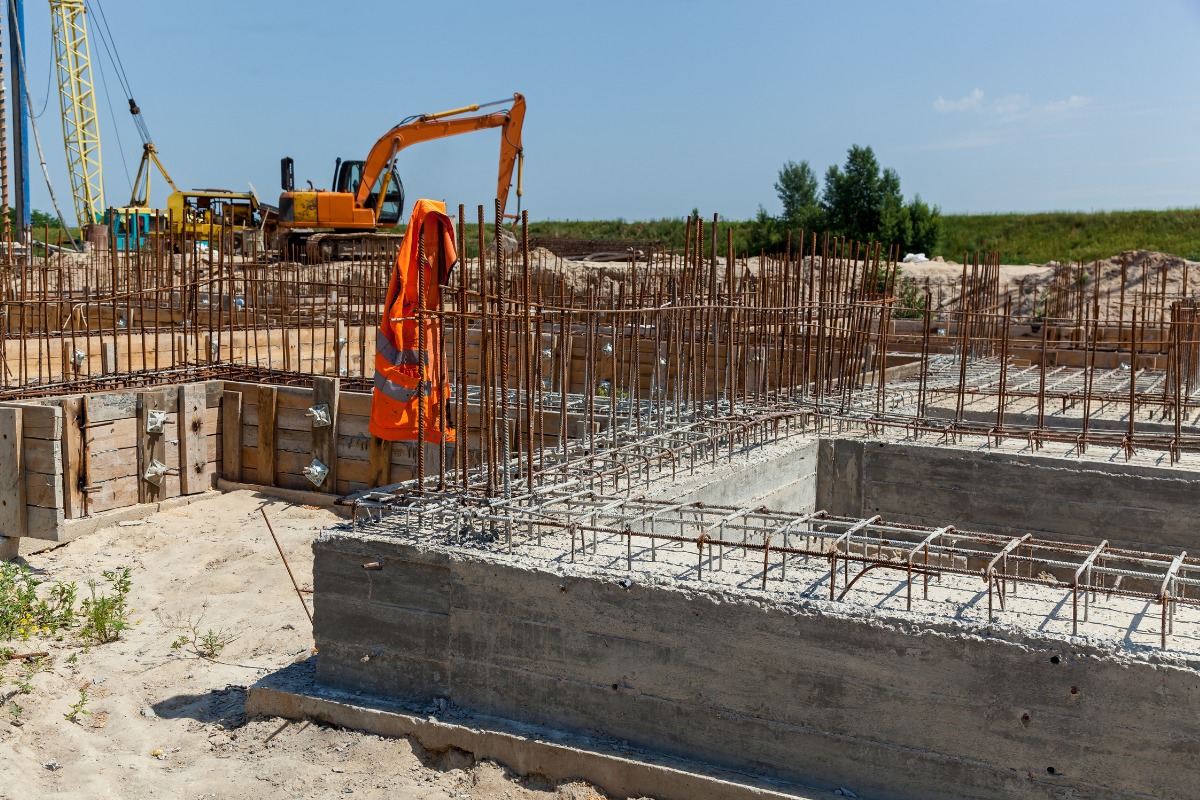
In our ongoing commitment to seismic safety, we recognize the vital role of retrofitting ordinances in California. The legal landscape mandates a thorough URM building evaluation to identify seismic deficiencies and compel necessary improvements in alignment with the California building code. These retrofitting ordinances are not merely suggestions but enforceable measures designed to minimize the risks associated with earthquakes.
California’s strict seismic retrofit laws obligate property owners to conduct detailed assessments of their buildings. Compliance periods are established, giving clear deadlines for both evaluation and retrofit implementation—an effort aimed supremely at ensuring public safety.
- The URM building evaluation must be completed within a prescribed timeline.
- The local building departments must draft, submit, and approve retrofitting plans.
- Construction of retrofitting upgrades must follow the approved plans to enhance structural integrity against seismic events.
Adhering to these ordinances is more than a legal requirement; it’s a civic duty to protect both the individuals who use these buildings and the wider community. Ignorance of these laws is not an option, as the long-term consequences of non-compliance can result in substantial penalties, liabilities, and, most tragically, loss of life.
For professionals in the construction and retrofitting sectors, understanding these ordinances and effectively communicating their importance to property owners is part of our service ethos. As we navigate these regulations, we are proactive in our approach, prioritizing the reinforcement of URM buildings to withstand the seismic challenges that California is prone to face.
Earthquake Strengthening: A Step-by-Step Process for URM Facilities
The resilience and safety of unreinforced masonry (URM) facilities are crucial considerations in seismically active regions. Our comprehensive approach to earthquake strengthening involves three critical stages: initial seismic evaluation and assessment, retrofitting plan development, and the strategic execution of retrofitting techniques.
Initial Seismic Evaluation and Assessment
Our initial step is to conduct a thorough initial seismic evaluation of the URM facility. A qualified seismic retrofit contractor will carry out this process, which includes a thorough assessment to find structural components that don’t adhere to the most recent earthquake safety standards. The outcome of this earthquake safety evaluation provides a clear understanding of necessary upgrades and the foundation for a tailored retrofitting strategy.
Developing a Retrofitting Plan
Upon completing the evaluation, we move on to the next phase, which is the retrofitting plan development. This involves collaboration with an experienced structural engineer to devise retrofit plans that adhere to local ordinances and ensure URM ordinance compliance. These plans are essential in outlining the most effective methods for strengthening the facility’s structure, thereby reducing seismic risk evaluation concerns.
Execution of Retrofitting Techniques
With approved retrofit plans in hand, we proceed to the retrofitting execution. This phase calls for engaging professional contractor services, like Premier Pro Builders, that have a proven track record in URM seismic strengthening. Meticulously following the approved strategies, the contractor ensures the integrity of the URM facility against possible seismic events, bolstering earthquake resilience and occupant safety.
| Phase | Key Actions | Expected Outcomes |
|---|---|---|
| Initial Seismic Evaluation | Evaluate structural compliance and vulnerabilities. | Understanding seismic upgrade requirements |
| Retrofitting plan development | Formulate tailored retrofitting solutions with a structural engineer. | Approved retrofit plans are ready for implementation. |
| Retrofitting Execution | Implement seismic strengthening measures. | URM facilities meet earthquake safety standards. |
Financial Considerations and Support for Seismic Upgrades
Embarking on seismic retrofits for unreinforced masonry buildings can be a substantial financial undertaking. We understand that retrofitting cost considerations are at the forefront for property owners. Hence, we delve into the various factors influencing these costs. Paramount among these are the specifics of the final design approved by local building departments, which dictate the scope of work, construction cost estimates, potential tenant displacement concerns, and the timelines defined in the construction schedules.
Knowing that upfront costs can be a deterrent, cities may provide URM financial incentives to encourage building owners to undertake these critical upgrades. Such incentives make seismic upgrades more accessible, ensuring the long-term safety of occupants and preserving the structural heritage of our communities. Additionally, it is also possible to secure building retrofit funding, which comes in several forms, from low-interest loans to tax abatements, especially designed to alleviate the financial burden on property owners.
We firmly believe in the importance of accessing seismic upgrade support to reduce the economic impact on those who are preserving our architectural legacy. Ensuring safety shouldn’t come at the cost of financial insecurity.
Here’s a comprehensive table that lays out potential sources and types of financial incentives available to aid you in planning for a seismic retrofit:
| Incentive Type | Description | Potential Benefit |
|---|---|---|
| Local Grant Programmes | Grants are offered by the city specifically for retrofitting historic structures. | Can cover a portion of or all retrofitting costs; does not need to be repaid. |
| State Tax Credits | Tax credits for property owners who retrofit buildings to meet current standards. | Reduces tax liability, effectively lowering the cost of retrofits over time. |
| Federal Loan Programmes | Low-interest loans are facilitated by federal agencies for building improvements. | Access to capital with preferential terms, easing immediate financial strain. |
| Insurance premium reductions | Reductions in insurance premiums for buildings that have been seismically retrofitted. | Long-term cost savings for more secure and compliant buildings. |
| Private funding initiatives | Investments and loans from private entities aimed at community preservation projects. | Opens avenues for funding that might not be available through public programs. |
It is our goal to provide you with the knowledge to navigate the sometimes complex yet essential process of securing foundations against uncertain seismic events. Our commitment is to ensure that no building owner feels alone in this endeavor, and together, we aim to fortify our communities against the thrilling unpredictability of nature.
Earthquake Retrofitting: A Community and Heritage Preservation Effort
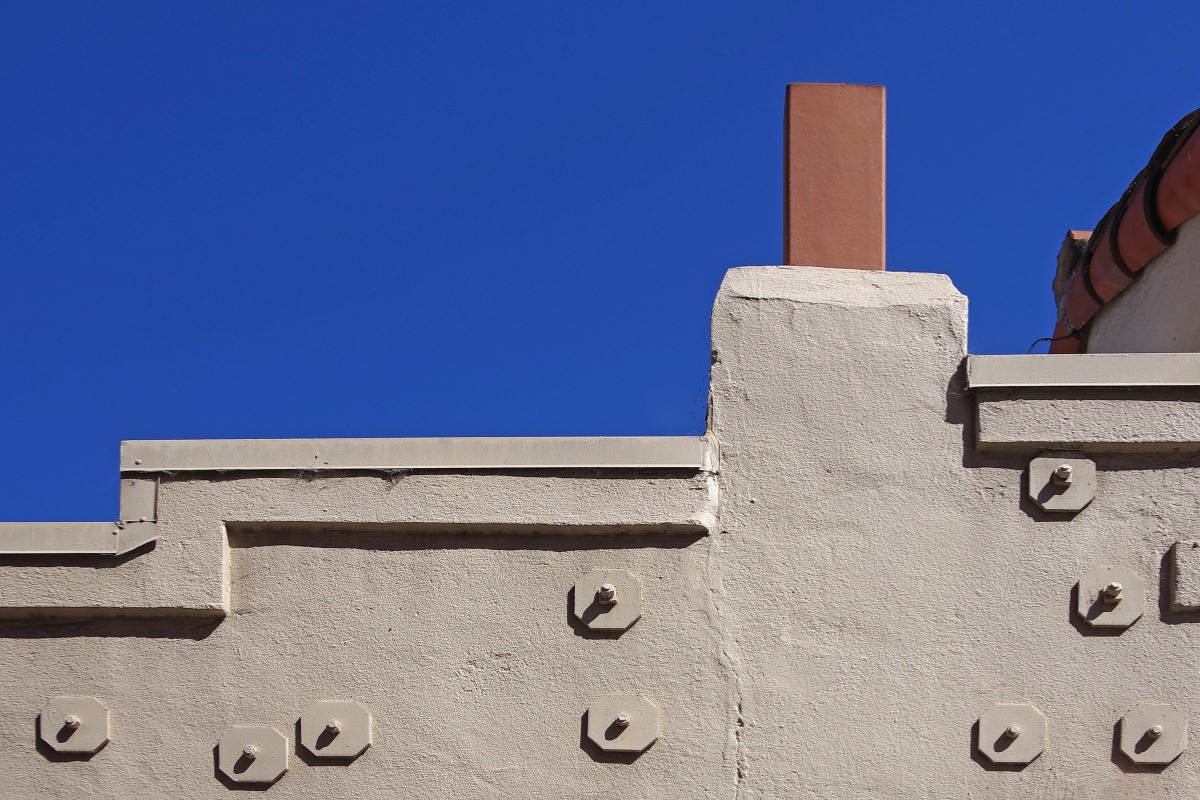
Understanding the URM’s cultural significance and the necessity of heritage preservation, we acknowledge that the seismic safety of historical buildings is not just a technical challenge but also a communal responsibility. The fabric of our local heritage is woven into the structure of these unreinforced masonry buildings, making community earthquake retrofitting efforts a key focus in our mission to safeguard history for future generations.
Cultural and Social Importance of URM Buildings
The identities of our neighborhoods and cities are often linked to historic URM buildings that tell the stories of our collective past. These edifices house the memories and pivotal moments that define our community’s lineage. Hence, heritage preservation through retrofitting does not simply protect bricks and mortar; it protects the narrative and the essence of our cultural identity. In doing so, we ensure that the seismic safety of historical buildings isn’t an untold tale of neglect but a progressive tale of survival and respect for our roots.
Mobilising Community Support for Retrofitting Initiatives
To initiate change and bolster seismic safety collaboration, community support mobilization plays a pivotal role. When we unify under the common goal of URM retrofitting initiatives, we create a powerful network of advocacy and action. Local ordinances serve as a framework for these actions, guiding the retrofitting journey toward compliance and safety standards that benefit all. It’s through this synergetic effort of tenants, building owners, engineers, and local authorities that we can transform potential risks into robust legacies.
Conclusion
In our detailed exploration of earthquake retrofitting for unreinforced masonry (URM) buildings, we’ve uncovered the undeniable truth: the safety and longevity of these constructions hinge on our commitment to seismic risk mitigation. Earthquake preparedness is not merely a suggestion; it is a critical requirement for the preservation of life and heritage. We’ve learned that older URM buildings, while rich in history, possess structural vulnerabilities that must be rectified to safeguard against the inevitable quaking of the earth.
Our discussions have emphasized the importance of identifying seismic deficiencies and enacting robust retrofitting measures. By adhering to the legal mandates outlined in retrofitting ordinances and engaging in a collective effort, we solidify the resilience of URM buildings, ensuring they stand firm in the face of seismic activity. The path towards earthquake safety is a collaborative one, involving not only engineers and construction professionals but also every member of the community who values the cultural significance of these historic structures.
As we conclude, we urge owners and custodians of URM buildings in the Los Angeles area to reach out to Premier Pro Builders at 8183004339. Their expertise in earthquake retrofitting projects stands as a bulwark against the forces that threaten to erode both our safety and our storied edifices. Together, we can achieve the dual goals of seismic safety and the preservation of our architectural legacies.
FAQ
What is earthquake retrofitting, and why is it important for unreinforced masonry buildings?
Earthquake retrofitting, also known as seismic retrofit, involves enhancing existing structures to make them more resistant to seismic activity, ground motion, or soil failure due to earthquakes. It’s particularly important for unreinforced masonry buildings (URM) because they lack the structural reinforcements necessary for earthquake safety, making them susceptible to significant damage or collapse during seismic events, especially in earthquake-prone areas like Los Angeles, California.
What kinds of seismic risks do unreinforced masonry constructions face?
Unreinforced masonry constructions face risks such as wall cracking, brick shedding, and collapse due to their lack of ductility, limited load-bearing capacity, and poor fire resistance. They are unable to bend or flex under seismic stress, which increases the likelihood of structural failure during an earthquake. Additionally, age and weathering further deteriorate these structures, heightening their vulnerability.
Can you provide examples of past earthquake damage to URM buildings?
Historical earthquakes, like the 2001 Nisqually and the 1989 Loma Prieta quakes, have illustrated the severe damage that URM buildings can sustain. These include extensive brick shedding, wall cracking, and, in some cases, a total structural failure that mandated evacuation due to safety concerns. Even in instances of moderate shaking, URM buildings have suffered significant damage.
What seismic retrofitting measures are available for URM buildings?
There are multiple seismic retrofitting measures to strengthen URM buildings, including the installation of bond beams, shear walls, diaphragm reinforcement, anchor bolts, infill walls, and jacketing. These measures help to enhance the overall structural integrity and its resistance to seismic forces, preserving both the safety and heritage of the building.
How are seismic risks in URM buildings identified?
Seismic risks in URM buildings are identified through a thorough seismic evaluation and assessment, which may include a review of building plans, physical inspections, and wall scanning technology to detect any existing reinforcement. Seismic retrofit contractors, such as those active in California, can perform these assessments to establish the extent of retrofitting needed.
What legal implications do retrofitting ordinances in California have for URM building owners?
In California, retrofitting ordinances mandate the evaluation and strengthening of URM buildings to comply with current seismic safety standards. Building owners are legally required to complete seismic assessments within a certain timeframe and implement retrofitting plans approved by local building departments, which aim to mitigate the risk of earthquake damage.
What is the step-by-step process for strengthening URM facilities through earthquake retrofitting?
The process includes an initial seismic evaluation to identify non-compliant elements, then developing a retrofitting plan by working with a structural engineer to produce seismic retrofit plans. A qualified contractor implements the retrofitting techniques to increase the building’s resilience against earthquakes after receiving approval from the neighborhood building department.
How are the costs and financial support for seismic upgrades determined?
Construction estimates, potential tenant displacement considerations, and construction schedules are all factors in the costs for retrofitting URM buildings, which vary depending on the design that local building departments approve. Cities may offer financial incentives or support to make seismic upgrades economically viable for building owners and tenants.
Why is community involvement important in earthquake retrofitting initiatives for URM buildings?
Community involvement is crucial in retrofitting initiatives because URM buildings often hold significant cultural and historical value. Mobilizing community support helps to address financial challenges, foster heritage preservation, and ensure the collective safety of the area through awareness and collaboration in seismic safety efforts.

